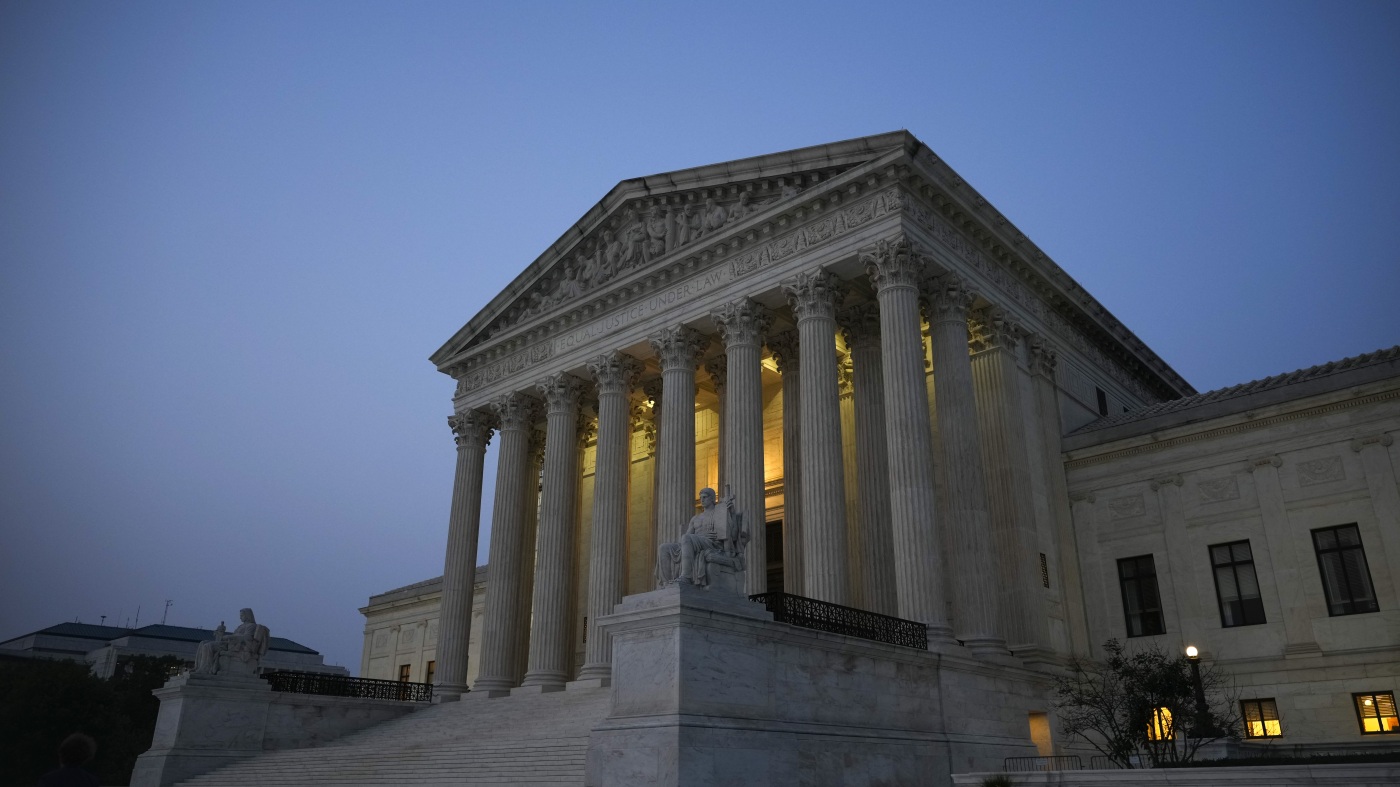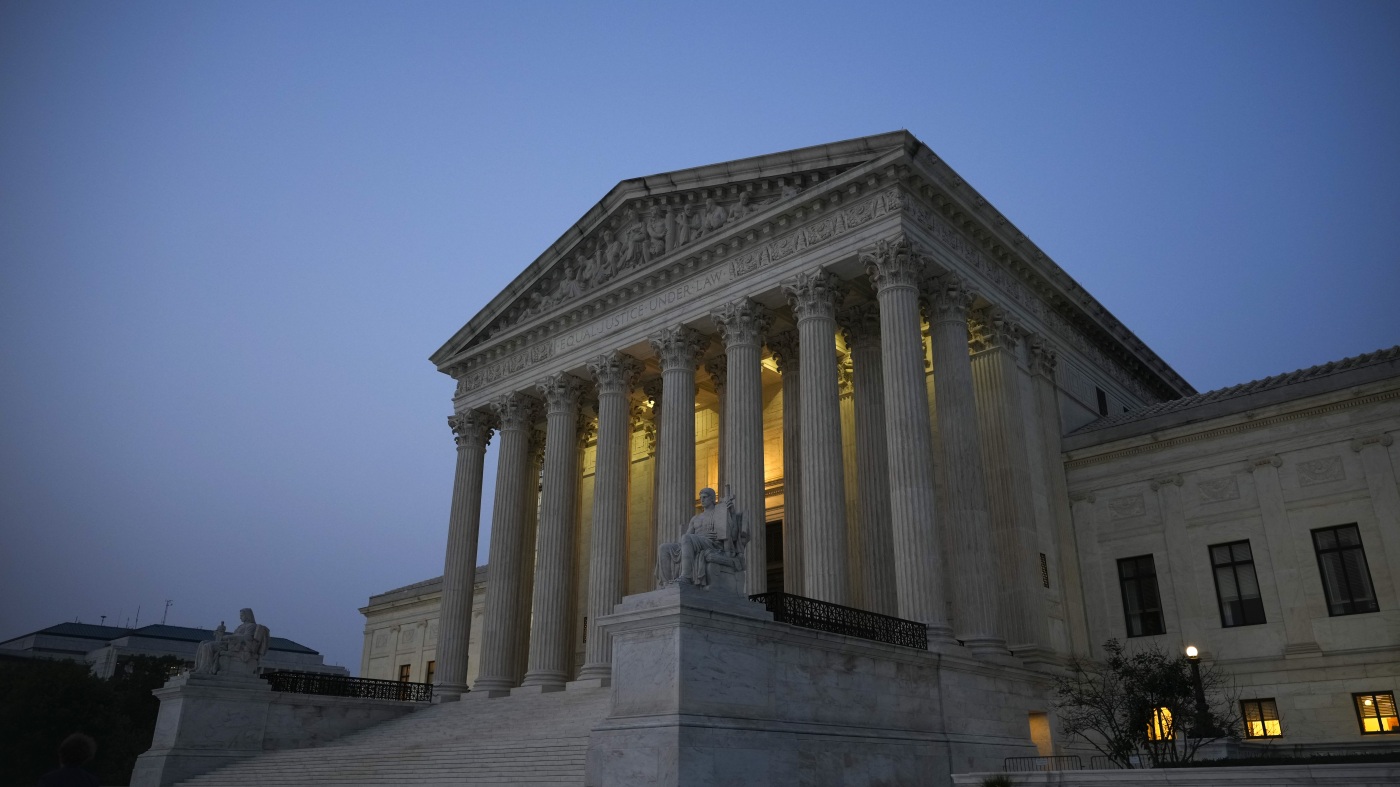The Supreme Court and the Voting Rights Act: A Temporary Reprieve
Introduction: A Pivotal Moment for Voting Rights
The Voting Rights Act of 1965 (VRA) stands as a monumental achievement in the ongoing struggle for equal rights in the United States. Designed to dismantle discriminatory practices that had long disenfranchised minority voters, particularly in the South, the VRA has been a cornerstone of American democracy for nearly six decades. However, its strength has been consistently challenged and debated, most recently reaching a critical juncture before the Supreme Court. In a series of swift actions, the Supreme Court has temporarily blocked a lower court ruling that threatened to significantly weaken a key provision of the VRA, specifically Section 2. This move, while providing immediate relief, also signals a potential future battle over the scope and enforceability of this landmark legislation.
Section 2 of the Voting Rights Act: The Heart of the Matter
Section 2 of the VRA is a powerful tool against discriminatory voting practices. It prohibits any voting practice or procedure that results in a denial or abridgment of the right to vote based on race, color, or membership in a language minority group. Unlike some other sections of the VRA, Section 2 is permanent and applies nationwide. It allows individuals and organizations to bring lawsuits challenging electoral maps and voting rules that they believe discriminate against minority voters. This provision has been instrumental in combating gerrymandering, voter ID laws, and other measures that disproportionately impact minority communities.
The Eighth Circuit Ruling: A Threat to Private Enforcement
The recent controversy stems from a ruling by the U.S. Court of Appeals for the 8th Circuit. This ruling challenged the long-standing interpretation of Section 2, asserting that private individuals and groups do not have the right to bring lawsuits under this provision. The 8th Circuit argued that only the Attorney General of the United States can bring such suits. This interpretation, if allowed to stand, would have severely limited the ability of minority voters and civil rights organizations to challenge discriminatory voting practices in court. The ruling potentially impacted seven states covered by the 8th Circuit: Arkansas, Iowa, Minnesota, Missouri, Nebraska, North Dakota, and South Dakota.
The implications of the 8th Circuit’s decision were profound. For decades, private lawsuits have been a crucial mechanism for enforcing the VRA. Without the ability to bring these suits, minority voters would have been forced to rely solely on the Department of Justice to challenge discriminatory practices. This would have placed an enormous burden on the federal government and potentially left many instances of discrimination unaddressed.
The Supreme Court’s Intervention: A Temporary Stay
Recognizing the potential damage of the 8th Circuit’s ruling, the Supreme Court intervened, issuing a stay that temporarily blocks the lower court’s decision. This means that, for now, private individuals and groups in the affected states retain the right to sue under Section 2 of the VRA. The Supreme Court’s order was brief and unsigned, indicating a lack of consensus among the justices. Notably, three conservative justices – Samuel Alito, Neil Gorsuch, and Clarence Thomas – dissented, signaling their willingness to allow the 8th Circuit’s ruling to take effect.
The Supreme Court’s decision to grant a stay provides immediate relief to voters and civil rights organizations. It prevents the 8th Circuit’s ruling from going into effect and disrupting the ongoing fight against voter discrimination. However, the stay is only a temporary measure. The Supreme Court is likely to hear the case fully, potentially as early as 2026, with a decision expected by the summer of 2026. This means the future of private enforcement under Section 2 of the VRA remains uncertain.
The North Dakota Case: A Focal Point
The specific case that brought this issue to the Supreme Court involves a redistricting dispute in North Dakota. Native American tribes challenged the state’s legislative map, arguing that it diluted the voting power of Native American voters in violation of Section 2 of the VRA. The 8th Circuit’s ruling threatened to dismiss the tribes’ lawsuit, arguing that they lacked the right to bring the case in the first place. The Supreme Court’s stay ensures that the tribes’ challenge can proceed, at least for now. The North Dakota case highlights the importance of Section 2 in protecting the voting rights of Native Americans and other minority groups.
Potential Outcomes and Future Implications
The Supreme Court’s decision on this case will have far-reaching implications for the future of the Voting Rights Act. If the Court ultimately upholds the 8th Circuit’s ruling, it would significantly weaken Section 2 and make it much more difficult to challenge discriminatory voting practices. This could lead to a resurgence of voter suppression tactics and disproportionately harm minority voters.
On the other hand, if the Supreme Court reverses the 8th Circuit’s ruling, it would reaffirm the importance of private enforcement under Section 2 and preserve a critical tool for protecting voting rights. This would empower minority voters and civil rights organizations to continue challenging discriminatory practices in court.
Given the current composition of the Supreme Court, the outcome of this case is uncertain. The three dissenting justices – Alito, Gorsuch, and Thomas – have consistently expressed skepticism about the scope of the VRA. However, it is possible that other justices may be persuaded to uphold the long-standing interpretation of Section 2.
Conclusion: An Uncertain Future for a Landmark Law
The Supreme Court’s temporary stay offers a moment of respite in the ongoing struggle to protect voting rights in America. However, the underlying issues remain unresolved. The future of Section 2 of the Voting Rights Act, and the ability of private citizens to enforce its protections, hangs in the balance. As the case moves forward, it will be crucial for policymakers, civil rights organizations, and engaged citizens to advocate for the preservation of this vital piece of legislation and ensure that all Americans have an equal opportunity to participate in the democratic process. The fight for voting rights is far from over; it is merely entering a new and potentially decisive chapter.








